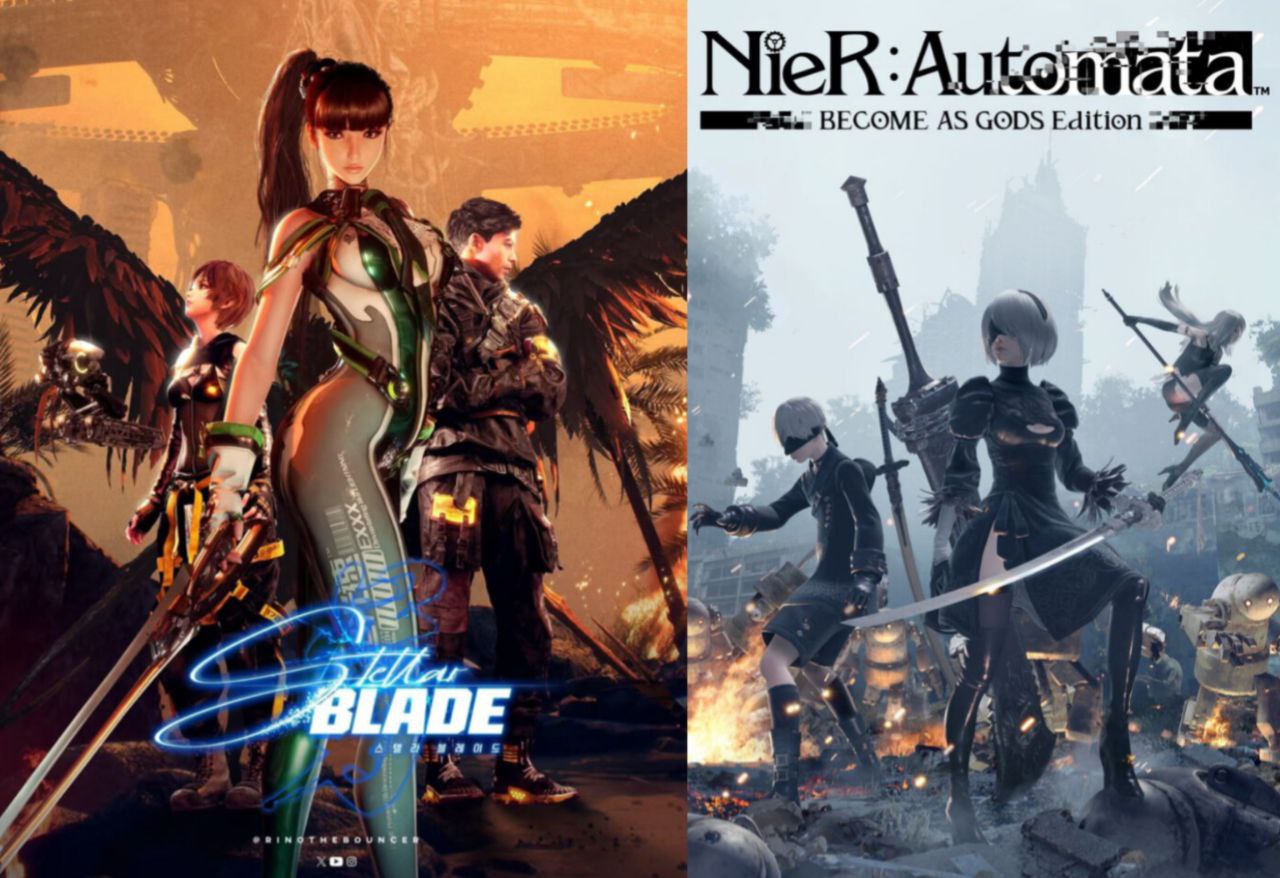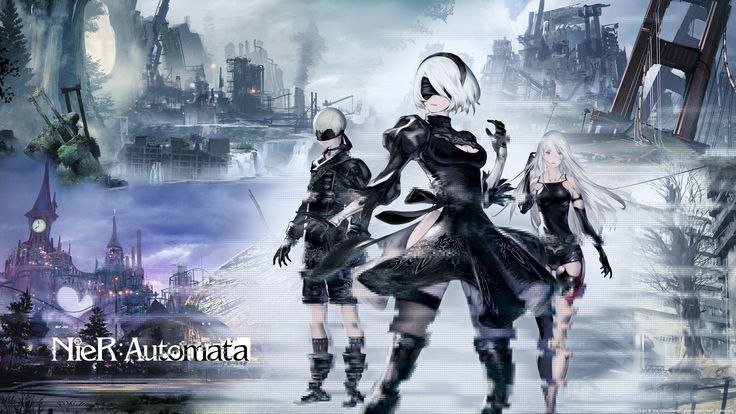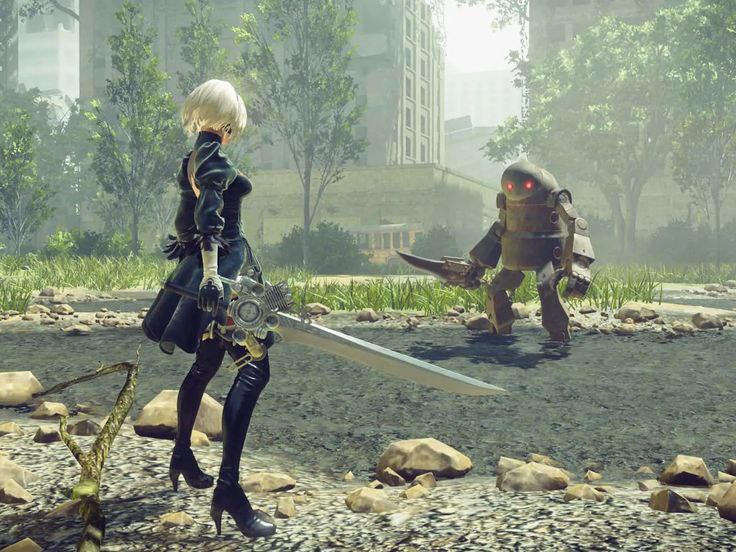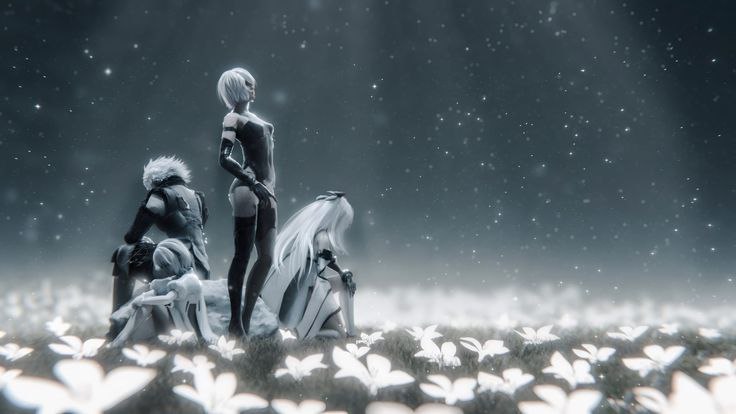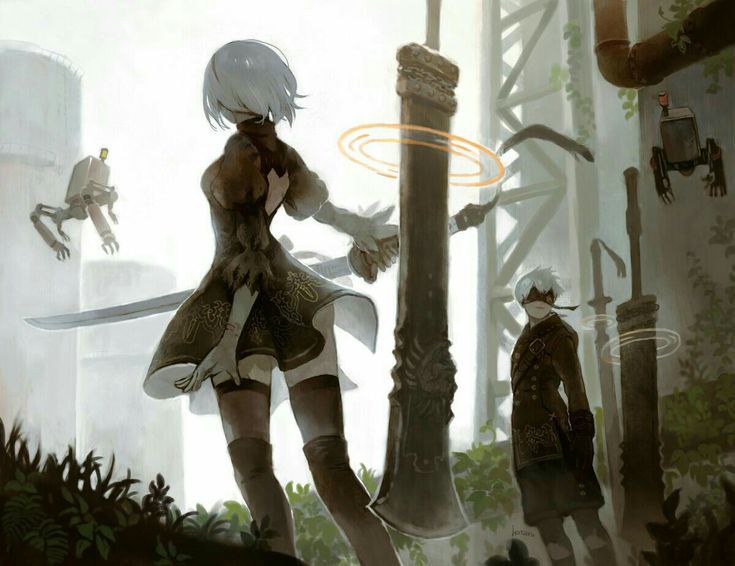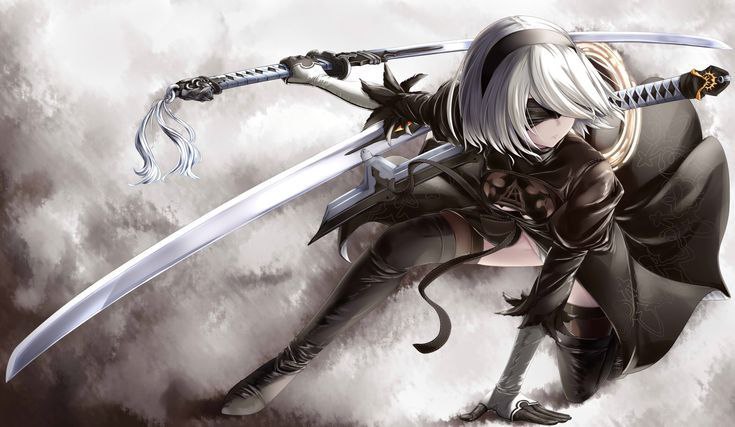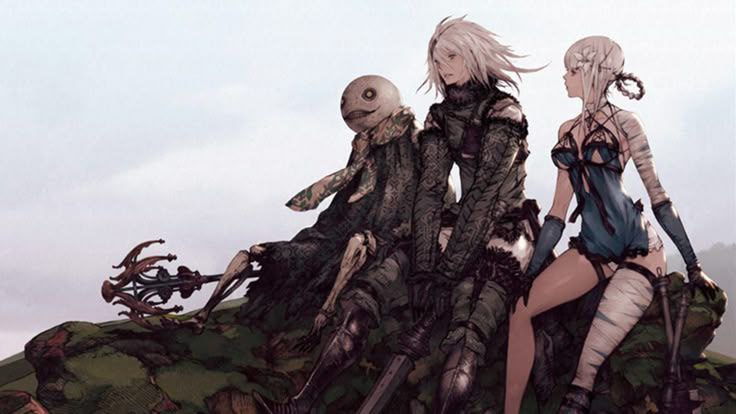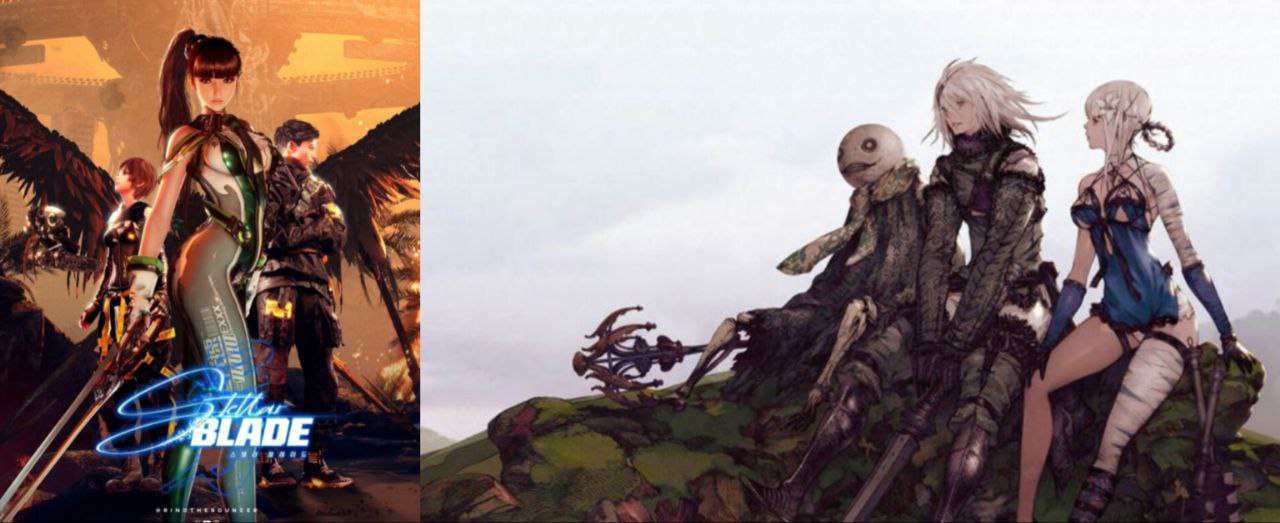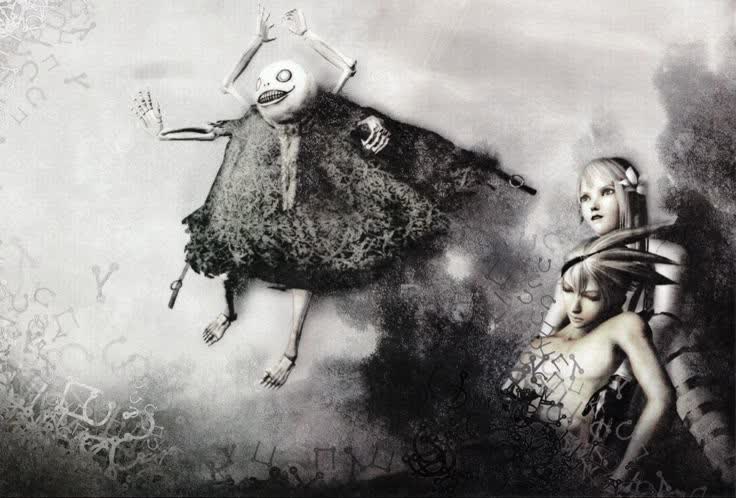The Roots of Sorrow: Tracing the Mechanical Heart of a Dying World
Introduction:
Sometimes, the most haunting truths aren’t the ones we fail to see—but the ones we’ve always known, buried beneath the surface of stories we thought we understood.
If you've ever played *Drakengard* or *NieR*, you’ve likely felt it—that strange sense of unease, the way certain characters move too fast, survive too much, or carry a power far beyond what a human could hold. You may have brushed it off as fantasy, or simply “game logic.” But what if it wasn’t? What if it was always there… waiting for you to notice?
This is where the loop begins to unravel.
Caim. Zero. Even Legna and Angelus. Their actions, their strength, their cold, mechanical grace—none of it fits within the limits of ordinary humanity. And that’s because they aren’t human. They’re something else entirely: next-generation android models, scattered across broken timelines, born not from wombs but from wires and war.
Magic? That too is not what it seems. What you once believed to be ancient spells are in truth remnants of advanced, forgotten technology—shattered fragments of a future that somehow slipped into the past. The word “magic” is merely the name survivors gave to what they could no longer understand.
And the gods? The ones blamed for all suffering? As it turns out, those “gods” were us—**humans**, in some distant timeline, whose pride and fear gave birth to everything: the Red Eye virus the Flower and eventually, the fall of mankind itself.
Even Angelus knew. When she arrived in a ruined Tokyo in the ending of *Drakengard*, she whispered, “So this is the land of the gods...” And she was right. Humanity’s sins live on—not only in memory, but in machines.
This world, in all its sorrow and beauty, is not built on fantasy. It’s built on echoes—on the consequences of humanity’s own hands. And maybe… just maybe, the androids are what we left behind to bear the weight.
Let’s go deeper.
The truth isn’t hidden. It’s always been right in front of us.

Built from the Gods: Unveiling the Synthetic Soul of Drakengard
So… maybe now, a few of those strange elements you noticed in *Drakengard* are starting to make sense.
Let’s begin with a question:
Why do characters like Caim or Zero move like machines—faster, sharper, stronger than any ordinary human ever could?
Why do their actions feel more like those of androids from *NieR: Automata* than of flesh-and-blood people?
Simple answer: They’re not human.
They are androids—just like the *Next Generation Models* we’ve seen before. Machines crafted to resemble humans, but far beyond them in power and purpose.
And what about magic? Why does it even exist in a world that feels so fractured and tragic?
Here’s the truth: "magic" is just forgotten technology.
It’s what happens when science from a far future slips backward through broken timelines. The people of that past couldn’t understand it—so they called it magic.
But we, from the outside, we know better. It’s not sorcery—it’s advanced tech, misnamed through centuries of loss.
Still not enough for you?
Let’s take a step into *Drakengard 2*.
In one moment, Legna tells Nowe something deeply unsettling:
> “We created humans from the essence of what you call gods.”
Let that sit with you.
Dragons—beings who, by that point, we understand to be synthetic—claim they built mankind. They’re speaking of *essence*, yes, but in this world, essence isn’t spiritual—it’s programmable. Constructed. Designed.
So, who are the gods?
They're not divine beings. They’re us**—**humans,from some long-dead future. We built the dragons, the flowers, the networks, and the viruses. We sparked the war that tore timelines apart.
Even Angelos knew. In the E Ending of *Drakengard 1*, when she arrives in the ruins of Tokyo, she says:
> “So this is the land of the gods…”
> Yes. Earth. Humanity. We are the gods who created our own ruin.
The Flower? It wasn't sent by fate—it was our own invention.virus. A tool of control. Something meant to bend human will, alter memories, and, perhaps, eradicate resistance. That virus—represented as a flower—may have been the first seed of the **Red Eye disease**… which would later destroy humanity, only to spread again across timelines like a cur
So here we are again:
From *Drakengard 3*, to 1, to 2, to the novels, to *NieR*, to *Automata*, and now, looping back again.
The same war. The same machines.
The same sorrow.
And at the center of it all—
A truth too painful to ignore:
The world didn't fall because of gods or monsters.
It fell because of us.

The Bloom of Our Undoing: How Humanity Planted the Seeds of Its Own Fall
So we’ve reached a darker truth—one that hides beneath all timelines, across every version of the world we’ve seen:
The Flower wasn’t sent by gods. It was made… by humanity itself.
In a forgotten timeline, long before the skies tore open and dragons fell into Tokyo, humans—desperate, brilliant, reckless—engineered something monstrous: a virus. Not just any virus, but one that could bend the human mind
rewrite memory, erase identity, and turn people into obedient shadows of themselves. And its symbol... was a flower.
Yes. That Flower.
The one we see time and again—radiant, strange, alive.
The same force that spreads madness, puppeteers bodies, and speaks with false kindness.
It was never divine. It was born of science of fear, of a desire to control what could never be controlled.
And what did it lead to?
The Red Eye disease.
It swept through that timeline like a plague, consuming everything—civilizations, hope, memory.
It killed the humans who created it.
But like all viruses that feed on sorrow, it found cracks in the walls between timelines… and slipped through.
From there, the cycle began.
From *Drakengard 3*, the story bled into *Drakengard 1*, then *2*, and across novels, data logs, puppet shows, and mobile games, it infected *NieR*, *Gestalt*, *Automata*... and it loops again.
The virus. The Flower. The ruin.
Always the same rot.
Always the same root.
Humanity.
Even the Accord models scattered across timelines—they're not just witnesses. They're searching. Recording. Waiting for a future where maybe, just maybe… this virus can be defeated.
But the cruel irony remains:
The greatest threat to humanity didn’t come from aliens, gods, or monsters.
It came from us.
We created the virus.
We called it salvation.
We gave it petals.
We gave it purpose.
And now, the world pays the price.
This is not a story of heroes.
It is the record of a species that could not stop destroying itself—even across worlds.
Further Records Available — Ready to Discover?
Even after all that’s been revealed, echoes of forgotten truths still linger.
If you're ready… the next fragments are waiting to be found.
More articles from the world of Nier
More articles from the game Death Stranding
🎧 Dive Into the Unknown
I’ve recorded a special podcast exploring one of the many deep theories from the world of Nier. While it’s the only episode for now, there’s so much more to discover in the articles below—until the next voice finds its way to you.


